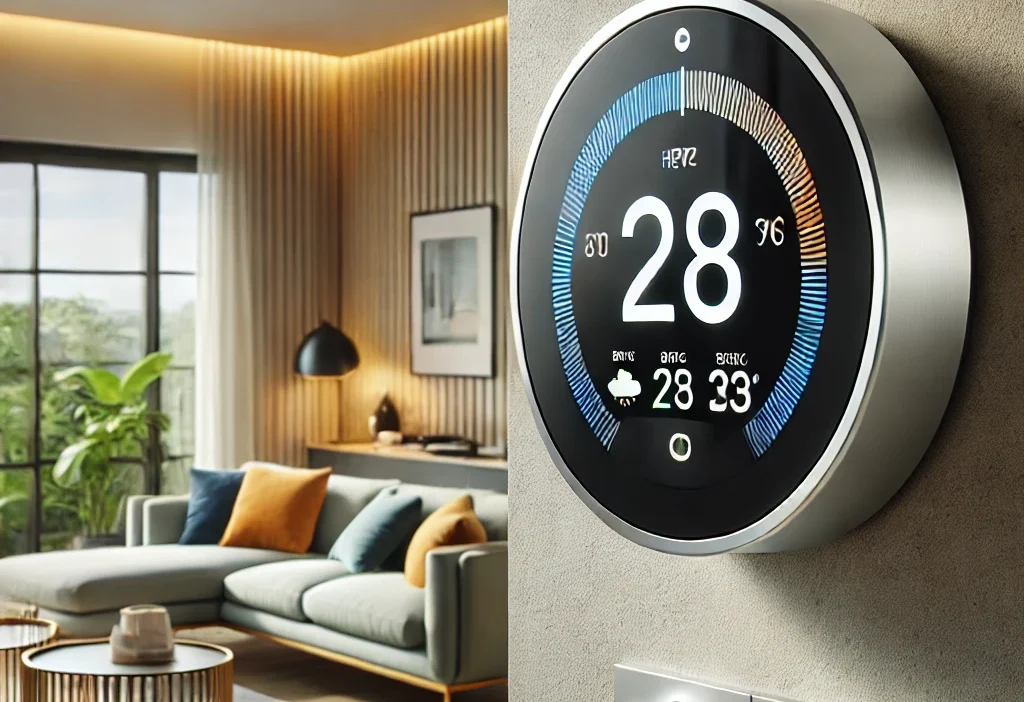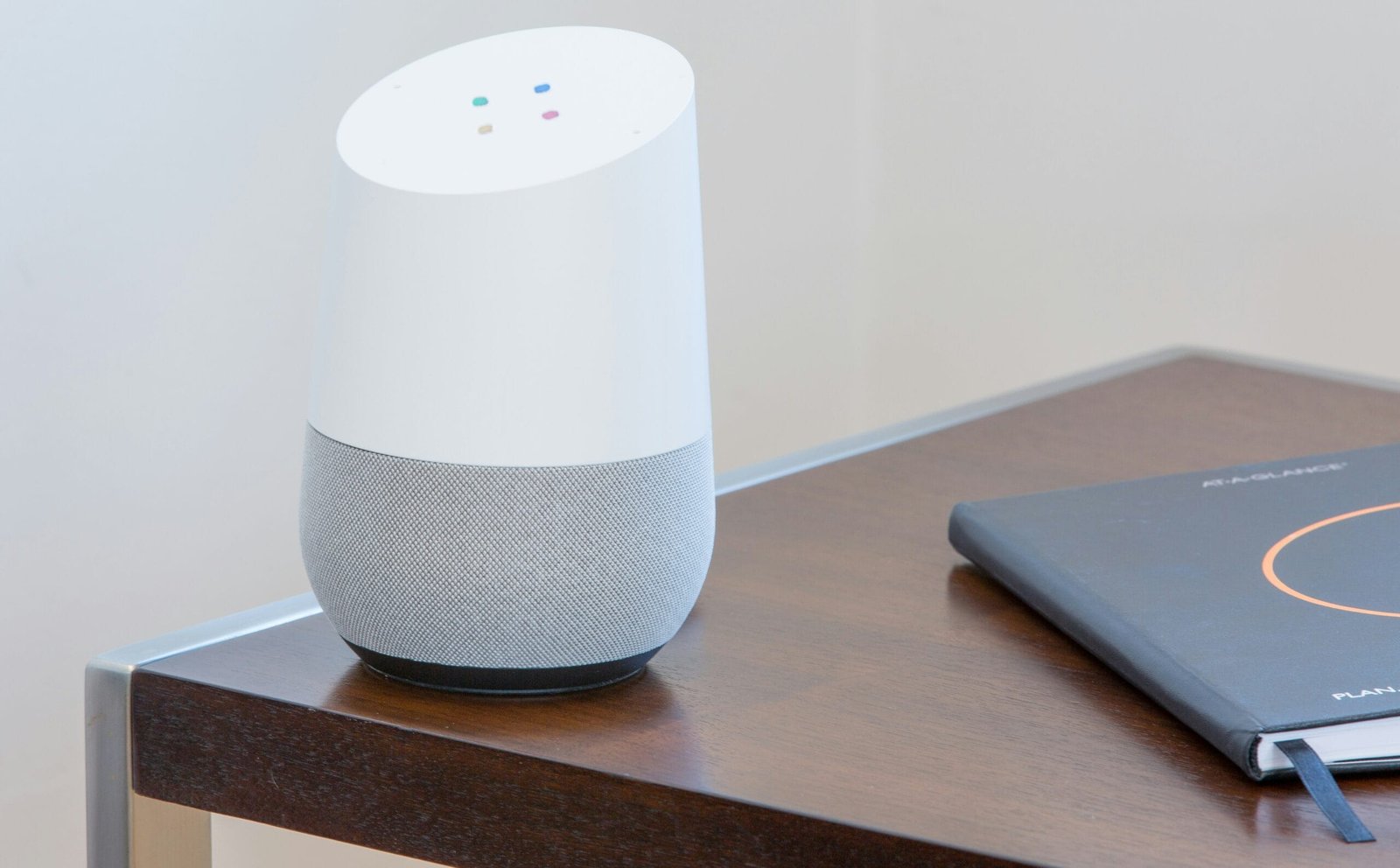Understanding Smart Thermostats
Smart thermostats represent a significant advancement in home heating technology, providing homeowners with an array of functionalities that traditional thermostats cannot match. Unlike conventional thermostats, which require manual adjustments, smart thermostats use Wi-Fi connectivity to allow remote access and control via mobile applications. This feature enables users to monitor and adjust their home heating systems from virtually anywhere, optimizing energy efficiency based on real-time data and personal schedules.
Today’s smart thermostats come equipped with various capabilities designed to enhance home comfort and efficiency. Many models feature learning algorithms that adapt to a homeowner’s behavior, automatically adjusting temperatures to align with their daily routines. This ensures that heating is not only effective but also economical since the system can minimize energy consumption during times when the home is unoccupied. Moreover, some smart thermostats offer integration with other smart home devices, such as sensors that detect occupancy or temperature variations in different rooms, allowing for a more tailored and efficient heating solution.
The market today offers a variety of smart thermostats, each catering to different needs and preferences. Some devices focus on advanced programming capabilities, allowing precise scheduling and temperature control, while others emphasize ease of use with intuitive interfaces. Certain models even include energy usage reports, providing homeowners with insights into their heating patterns and suggesting adjustments for better performance. As homeowners increasingly seek ways to enhance their living environments while reducing energy consumption, smart thermostats emerge as a leading solution in modern home heating, combining convenience with energy efficiency seamlessly.
Cost-Effective Heating Solutions with Smart Thermostats
Smart thermostats have experienced a significant rise in popularity due to their ability to provide cost-effective heating solutions for homeowners. The initial investment in a smart thermostat can be offset by long-term savings on energy bills, making them a strategic choice for those looking to enhance energy efficiency in their homes. While the price of these devices may be higher than traditional thermostats, the potential for reduced energy consumption and lower utility costs often justifies the expense.
One of the primary financial advantages of smart thermostats lies in their ability to learn the homeowner’s preferences and habits over time. This learning capability enables the device to optimize heating patterns, effectively tailoring the home’s climate to the occupants’ schedules. For instance, a smart thermostat can automatically adjust the temperature when residents are away, ensuring that energy is not wasted on unnecessary heating. By using algorithms and motion sensors, these devices actively monitor and adapt to changes in occupancy, which can lead to significant reductions in heating costs.
Furthermore, many smart thermostats come equipped with features that allow users to set heating schedules or control their settings remotely via mobile applications. This added convenience not only empowers homeowners to manage their heating more efficiently but also promotes mindful energy consumption. Additionally, some models provide real-time energy usage reports, enlightening users about their heating patterns and advising on potential savings. This feedback can help identify opportunities for further savings, culminating in a more strategic approach to overall energy management.
By embracing smart thermostats as part of a comprehensive cost-effective heating solution, homeowners can achieve a sustainable balance between comfort and financial prudence. Through their advanced functionalities, these intelligent devices facilitate substantial energy savings while enhancing the overall quality of indoor living environments.
Energy Efficiency Tips for Homeowners
Smart thermostats offer a range of features that can significantly enhance energy efficiency within the home. By implementing a few practical strategies, homeowners can optimize their heating systems, reduce energy consumption, and lower utility bills. One of the most effective approaches is to set optimal temperature ranges. It is generally recommended to maintain a comfortable temperature of around 68°F during the day and lowering it to 60°F at night or when the home is unoccupied. This practice not only conserves energy but also can lead to savings over time.
Another key feature of smart thermostats is their scheduling capabilities. By programming the device to adjust heating based on your daily routines, you can ensure that the heating system operates only when necessary. For instance, setting the thermostat to lower the temperature during work hours or periods of absence ensures that energy is not wasted. Many smart thermostats allow for remote access via smartphone applications, providing added flexibility to adjust settings on the go.
Integrating smart thermostats with other energy-efficient appliances can also provide substantial benefits. For example, pairing a smart thermostat with energy-efficient heating systems, including zone heating or programmable radiators, can ensure that only the necessary areas of your home are heated. Additionally, incorporating smart home technology, such as smart blinds and lighting, can further enhance energy conservation. These devices can work in harmony with the thermostat to optimize heating based on natural light and occupancy.
Overall, by following these energy efficiency tips, homeowners can harness the full potential of smart thermostats. Through conscientious temperature settings, effective scheduling, and integration with other smart devices, comfort and energy savings can coexist harmoniously in any household.
Integrating Smart Thermostats into Home Automation Systems
The integration of smart thermostats into home automation systems represents a significant advancement in achieving efficient home heating and energy management. Smart thermostats are designed to communicate with various automated devices, creating a seamless network that enhances both comfort and efficiency. By connecting a smart thermostat to a home automation system, homeowners gain greater control over their heating preferences through centralized management and real-time monitoring.
One of the key advantages of this integration is the ability to synchronize the thermostat with smart speakers and voice assistants. This functionality allows users to adjust temperature settings using simple voice commands, providing convenience at their fingertips. Furthermore, when combined with smart lighting systems, the thermostat can be programmed to adjust settings based on occupancy. For instance, if the house has been unoccupied for a certain period, the smart thermostat can automatically reduce heating, contributing to energy savings.
Additionally, integrating a smart thermostat with home security systems offers enhanced functionality. Homeowners can set their thermostat to respond to security alerts. For example, if a smoke detector is activated, the thermostat may lower the heating to minimize the spread of fire, thereby enhancing safety. This interconnectedness not only boosts security but also ensures a swift and effective response during emergencies.
The synergy between smart thermostats and versatile home automation platforms allows for tailored heating strategies that adapt to user habits. With customizable settings, homeowners can optimize their energy usage patterns and achieve significant cost savings on heating bills. Overall, intelligent integration of smart thermostats with home automation systems promotes not only increased comfort but also sustainable energy use and enhanced lifestyle quality, making it an essential component of modern home management.



